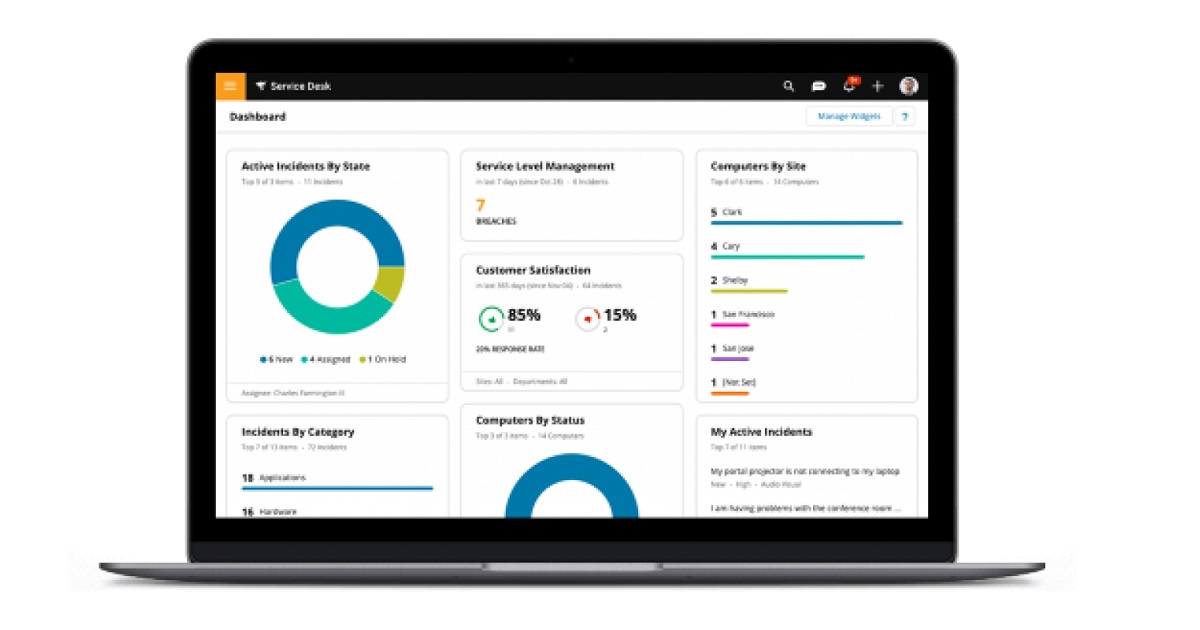SolarWinds Cloud-Based SaaS Product Built on ITIL Framework Helps Drive Operations
SolarWinds | September 21, 2020

Out of all the factors that make an IT team successful or otherwise, one of the most crucial is the service desk tool it uses. SolarWinds has a cloud-based SaaS product, built on the ITIL framework, that can help drive your operations.
I've seen organisations where the IT Manager takes requests for support via email, desk phone, mobile phone, SMS, instant messaging and whatever else they could throw at them. These IT Managers have lamented to their own manager about their workload and the crushing weight of support items. Yet, when asked how they record and manage these problems the answer has been they keep track in their head and didn’t need any systems or software to assist.
However, a good support desk, help desk, service desk tool isn’t merely a “to-do” list. It gives you the ability to prioritise tickets, create a knowledge base, to aid staff in self-service, track troublesome equipment, trending requesters, and to predict potential future problems. A great service desk tracks a problem from its first recorded incident through the change management process to get serious defects resolved.